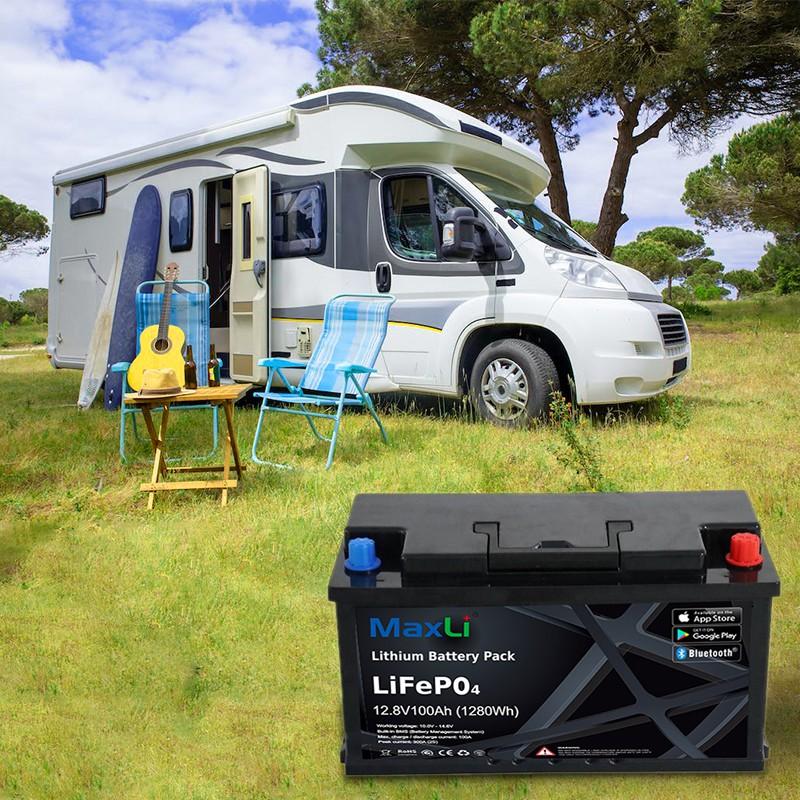2025-08-06 18:06:11
Many RV owners experience this frustration: after returning from a trip and turning off all systems, the vehicle fails to start days later—or onboard appliances simply won’t turn on. These are classic symptoms of a “dead” RV battery. This post walks you through identifying the root causes, analyzing each factor in depth, and then presents a comprehensive solution.
| Issue | LiFePO₄ + Smart BMS Solution |
|---|---|
| Parasitic Drain | BMS sleep mode auto‑disconnects non‑essential loads when idle, preventing silent discharge. |
| Sulfation & Self‑Discharge | Lithium chemistry eliminates sulfation; self‑discharge is < 3 % per month, preserving capacity during storage. |
| Charge Management | Configurable limits ensure charging stays within safe voltage/current thresholds for LiFePO₄. |
| High Maintenance / Short Lifespan | No watering, minimal upkeep, very long life; app alerts prevent surprises. |

This structured “problem → diagnosis → solution” flow helps RV owners understand key failure modes—parasitic drain, sulfation, self‑discharge, and charging mismatches—and how LiFePO₄ chemistry, intelligent BMS, and certified manufacturing systematically eliminate them.
The result is a lightweight, rugged, low‑maintenance, long‑lasting battery system that delivers true off‑grid reliability for RV life. Interested in models, custom setups, or pricing? I’d be happy to assist further.
MaxLi Battery
Leading customized lithium battery solution provider, MaxLi Battery offers reliable and innovative lithium battery packs, inverters and energy storage systems.
Navigation
+86-755-2826 3589
Manufacture Base:
Building 8 & 9, No.107 Qingyu Road, Qingxi Town, Dongguan City, Guangdong Province, China, 523660.
Business Center:
Floor 25, Building A, Bantian International Center, No.5 Huancheng South Road, Bantian Street, Longgang District, Shenzhen, China 518129.